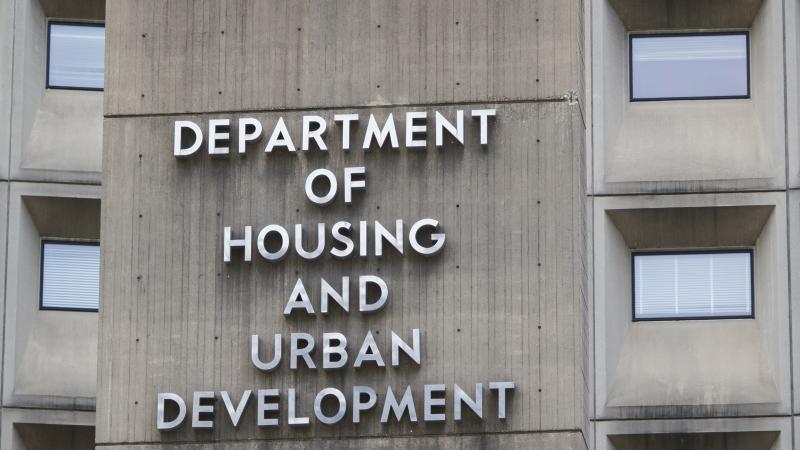Per-pupil spending doesn't mean higher academic achievement, federal data show
With all the money from the federal government’s COVID-19 relief, states received a huge influx of funds in 2022 for schools. But how much did an increase in taxpayer dollars toward school districts affect student performance? According to data from the National
With all the money from the federal government’s COVID-19 relief, states received a huge influx of funds in 2022 for schools. But how much did an increase in taxpayer dollars toward school districts affect student performance?
According to data from the National Assessment of Educational Progress and the United States Census Bureau, despite the largest increase in per-pupil funding in two decades, student academic achievement in the top-spending states sometimes trailed that of their lower-spending counterparts.
According to the Census Bureau, schools received the largest increase in per-pupil funding year over year in 2022.
“Average U.S. public school spending per pupil in elementary and secondary schools rose 8.9% to $15,633 in fiscal year (FY) 2022 from the previous year, according to the U.S. Census Bureau’s most recent Annual Survey of School System Finances data,” the agency wrote in a post this spring.
The agency said New York topped the list of high-spending states, with an estimated $29,873 going toward one pupil. New York was followed by the District of Columbia ($27,425), New Jersey ($25,099), Vermont ($24,608) and then Connecticut ($24,453).
The lowest-spending states were Utah at $9,552 per pupil, Idaho ($9,670), Arizona ($10,315), Oklahoma ($10,890) and Mississippi ($10,984), according to the Census Bureau’s analysis.
The National Assessment of Educational Progress (NAEP), also called the nation’s report card, showed that state student achievement in math and science for states like New York and the District of Columbia did not translate to higher scores on standardized tests.
For the 2022 school year, New York ranked lower than 38 jurisdictions (states and districts) in fourth-grade math scores and underneath 12 higher performing juridictions in eighth-grade scores. For reading, eight jurisdictions ranked higher for fourth grade assessments and three jurisdictions ranked significantly higher in eighth grade.
The District of Columbia fared worse. Despite the high level of spending compared to other districts, 48 jurisdictions scored significantly higher on the 2022 NAEP assessment for fourth grade math, and 49 scored higher than D.C. on the eighth grade assessment.
For reading, D.C. was significantly behind 42 other jurisdictions in fourth grade reading. In eighth grade, it was behind 44 other states and districts, which includes districts like the Department of Defense Education Activity (DoDEA).
For some of the lowest spending states, they saw academic achievement far above high spending states.
Fourth grade students in Utah, for example, scored much higher on average than those in New York. Only the DoDEA and Massachusetts had significantly higher test scores. For eighth grade math, only one jurisdiction was ranked significantly higher.
Those results held steady in reading as well, with only two districts performing significantly higher in fourth grade and one jurisdiction significantly outperforming Utah in the eighth grade assessment.
Idaho, the state with the second-lowest spending, was behind nine other states and districts that performed significantly better on fourth-grade math according to the NAEP state profile. In eighth grade, it was tied with Utah: Only Massachusetts and the DoDEA had significantly higher scores.
Eight jurisdictions significantly outperformed Idaho on fourth grade reading but only three did so in eighth grade reading.
The NAEP ensures statistical significance is accounted for when comparing against other states. Many states were not significantly different from others for certain scores. New York and Idaho were not significantly different in their eighth grade reading results despite a per-pupil spending difference of over $20,000.
There are possible factors that would affect test scores unrelated to spending. For example there are differences in marriage rates between the states, with New York and District of Columbia having a higher percentage of households with unmarried couples compared with Utah and Idaho.
Studies have found a link between single-family households and poorer student outcomes.
“Research shows that children in single-parent households score below children in two-parent households, on average, on measures of educational achievement,” reads one 2015 article on the subject. That research article found that there was more mild association than previous studies, but researchers continue to investigate the link household types have on academic performance.















